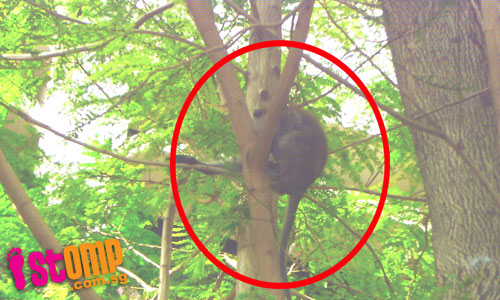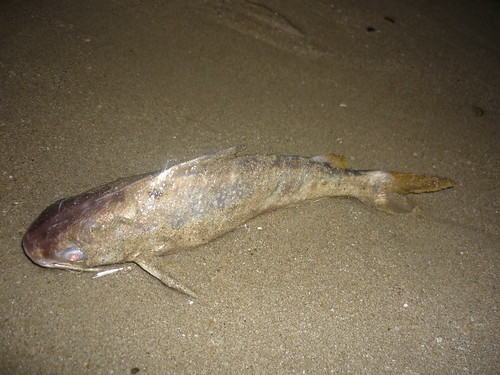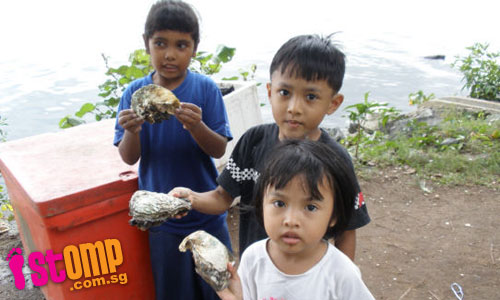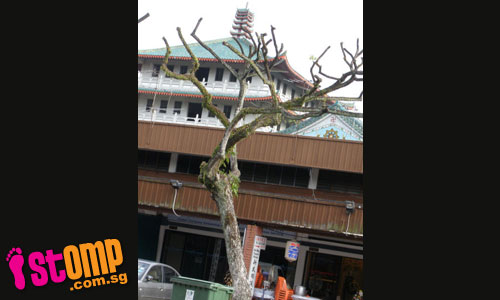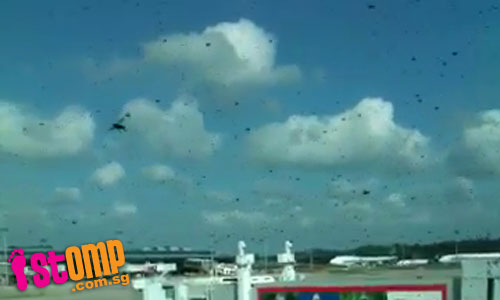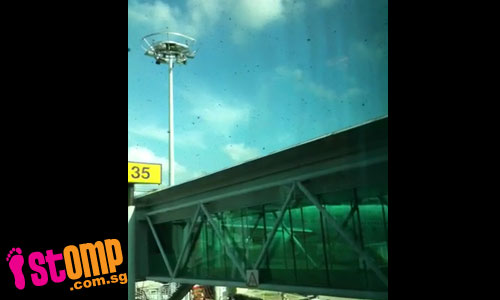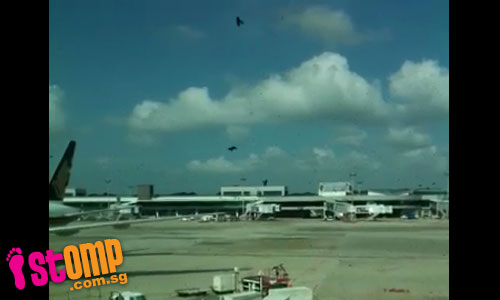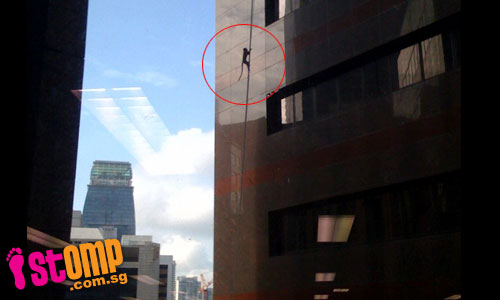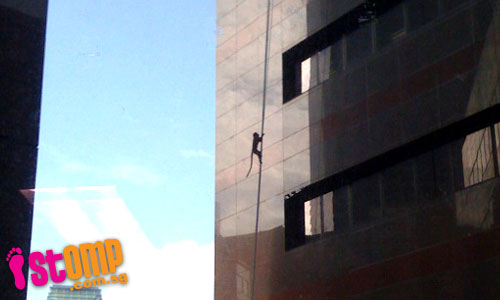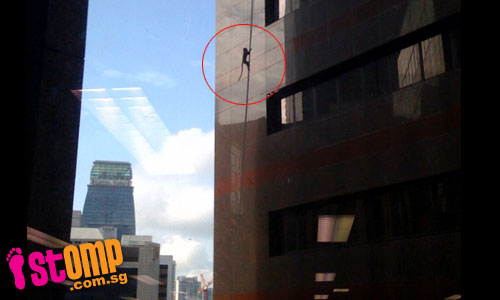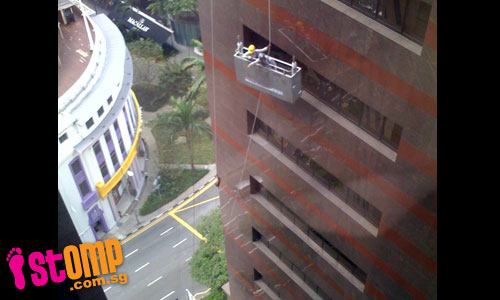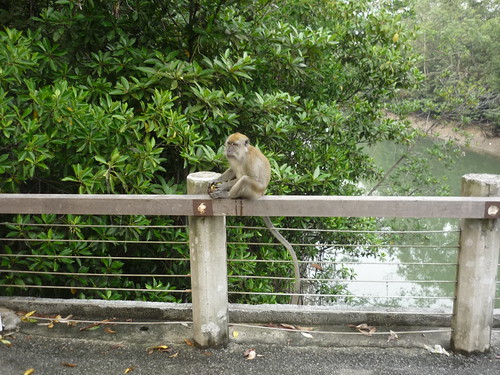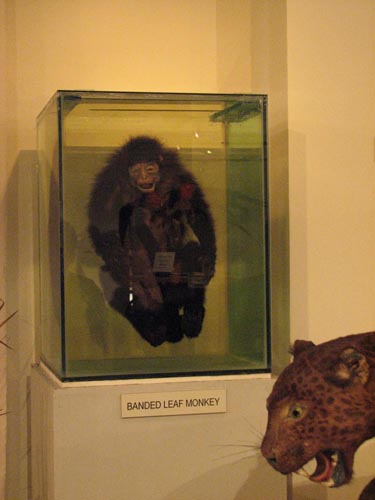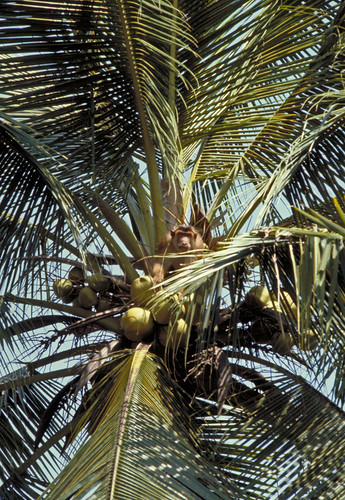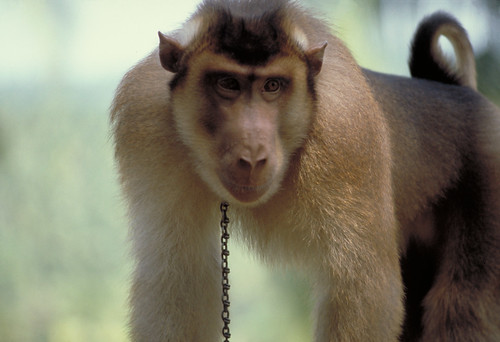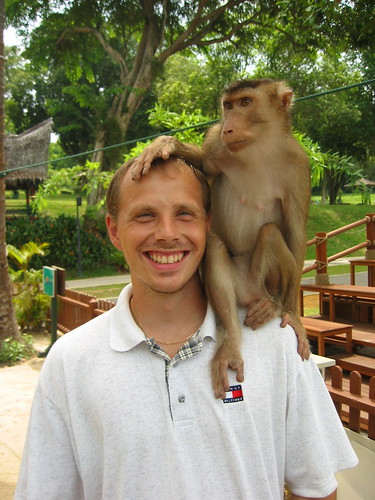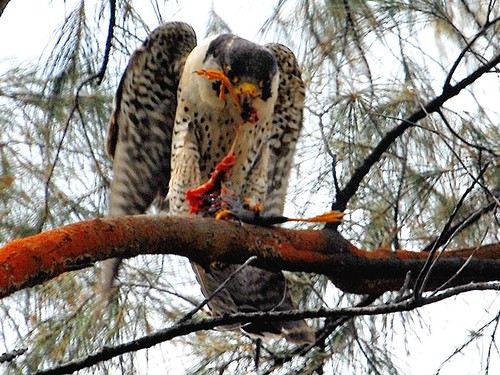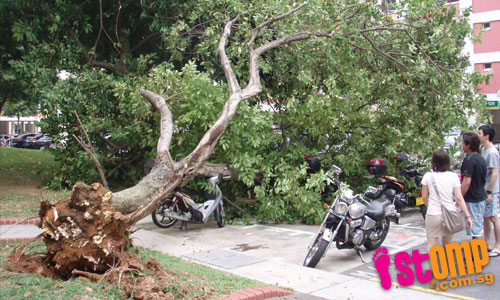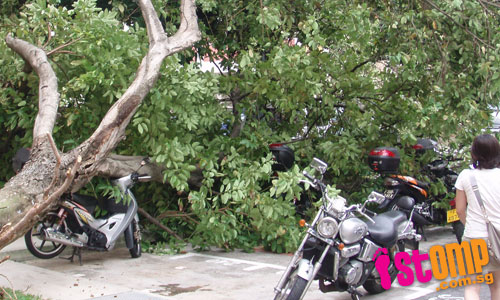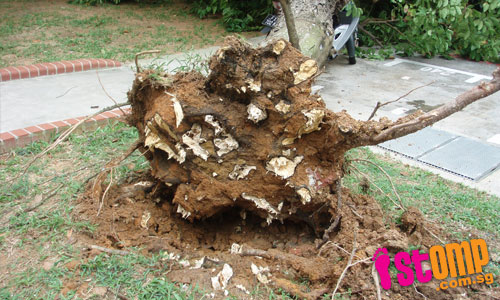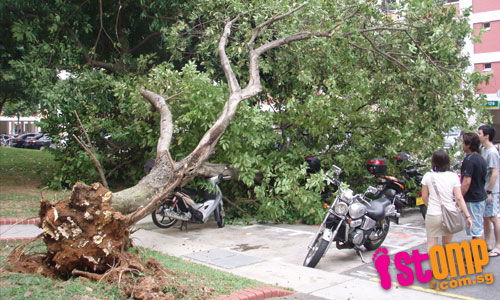
STOMPer Botanist chanced upon this queer looking insect during his walk at the Bukit Batok Nature Park and wonders if anybody can enlighten him on what it is.
In his email to us today (Dec 30), the STOMPer describes the insect:
"It has a green and brown body with stripes of yellow and black around the edges.
"It also has two conspicuous eyes and a pair of antennaes.
"I wonder if any STOMPer can identify this insect as I am not an entomologist?"
It's a species of shield bug (Pentatomoidea), although I'm unable to identify the exact species shown in the photo.
Shield bugs are commonly known as stink bugs, as many species are known to exude a foul-smelling liquid when disturbed, probably as a means of deterring predators.

